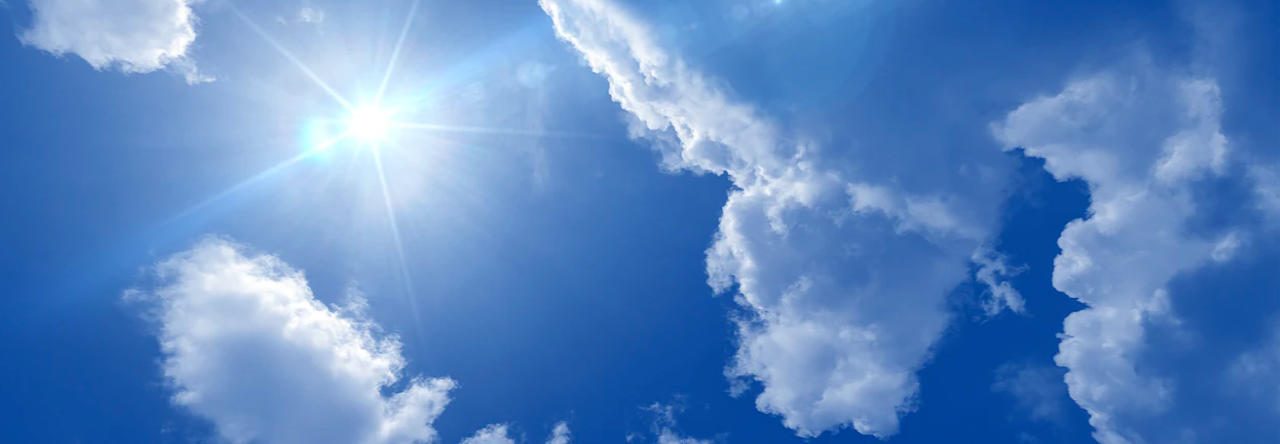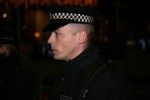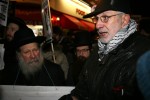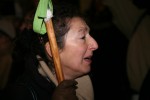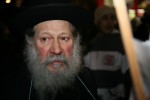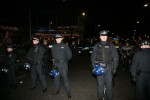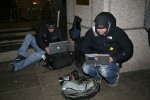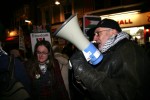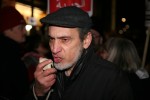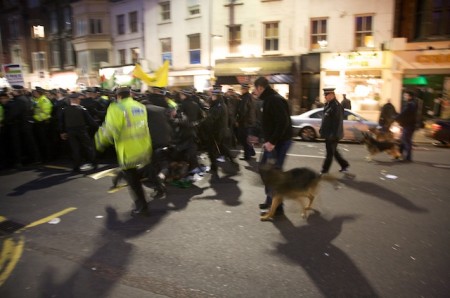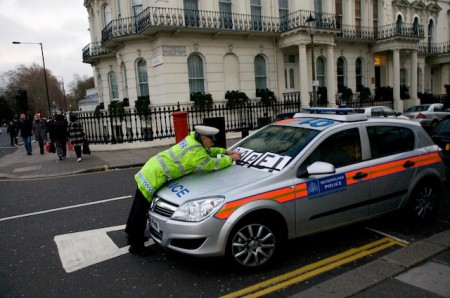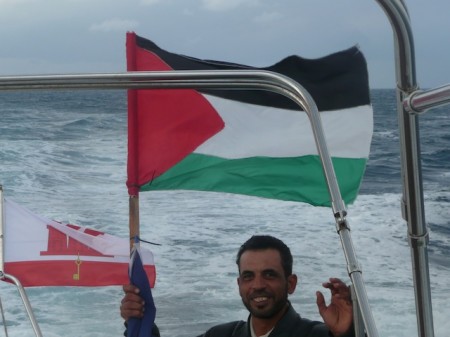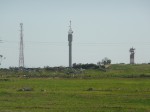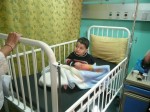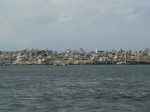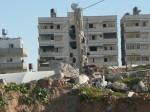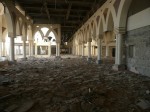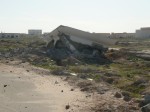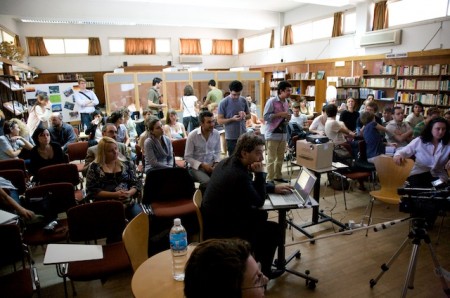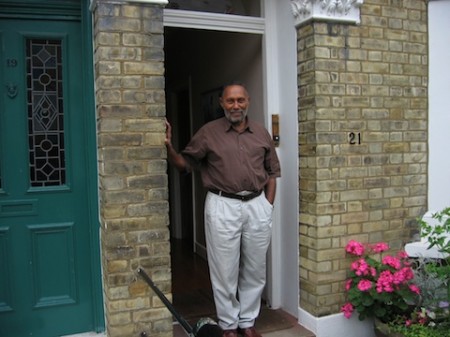Eyewitness report – Monday, December 29th
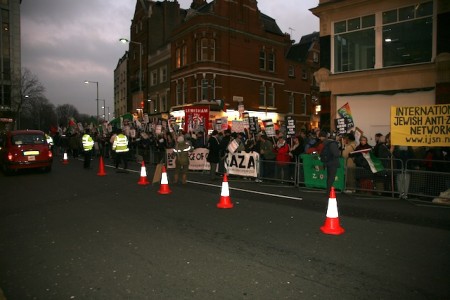
Strat of London Demo
After the police brutality last night, we were expecting more of the same tonight. Interestingly, it did not quite happen – orders from above, after the politicians must have seen the shocking footage from last night, meant that they have not tried the same tactics, and they were right not to: many more people have come, with hundreds of young children and babies. Any police assault would have ended with deaths and numerous injuries. But it was even more interesting than that. On this evening, the police chose not to block all traffic, like they did yesterday, but to block only on one side on the road, allowing the traffic to separate the demo from Palace Green. In order to limit movement, they have incarcerated some 2500 people into a tiny area surrounded by metal barriers, and one could hardly move at all, creating much consternation and additional anger. After last night, the anger was not just about the brutalities of Israel in Gaza, but also about the supine acquiescence of the UK in the massacre, by joining the US in allowing the Israelis to do what they will, as they did during the destruction of South Lebanon in Summer 2006. The brutality used last night to disperse the demonstrators, was obviously read as an icon of this behaviour.
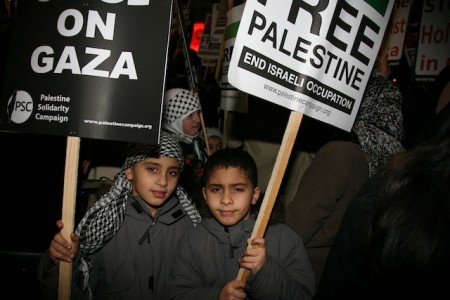
Kids with Placards
After some 30 minutes of spending time in this corralled area, treated by the police as so much cattle, and anger rising from all, some taunts by the police manning the barriers led to an amazing feat – the whole file of the demonstrators at the front started dragging and pushing the barriers towards Palace Green and embassy road gate, pushing the policemen into that enclave. All hell broke loose, and for some long moments it was felt that the events of last night may be repeated, with a Vengeance. It seems that someone high up at the Met was more responsible tonight – after the police have retreated to the safe area behind the iron gates of Palace Green, joining the many hundreds which were already there, presumably to protect the Israeli embassy from some tank divisions, the demonstrators were now in control of the road, and traffic came to a halt, with cars and buses stuck in the middle of the road; there was nowhere for them to go, but to turn back. The police have abandoned the road to the protesters, a rare sight, bearing witness to the strength of emotions of the protesters, and police recognition of it. The demonstration was full of hundreds of parents with young children, none of them less angry than the rest of us; the police had decided to avoid conflict for the time being, but hundreds more of the riot squad arrived and placed themselves at the periphery, ready to pounce of the demonstrators. For the following two and a half hours, the protesters controlled the road and the police were lying back, having experimented with removal of the demo and failed. It was quite a sight – the large forces of the riot police hidden behind the gates of Palace Green, bidding their time, and having to deal with a virtual rain of footwear going their way; many demonstrators have decided on homage to the Iraqi journalist who threww the show at Bush, and directed their shoes at the police as a pointed reminder of what they think of the British position towards this unfolding tragedy. Only by 19:00 has the demo started to disperse, at which point the police moved in like a large commando group, pouncing on youngsters which they have marked for arrest. They have failed twice to make any arrests as the whole crowd was struggling against them, and had to retreat again. Unfortunately, after many of the demo has dispersed, they have manged to arrest eight demosnstrators for what they called ‘public order offences’, as usual. All in all, this was a most successful day of action, in which the whole of Central London was affected by the demo, and there could be no doubt that the message is being transmitted loud and clear. Let us hope that someone tell Gordon and David, the two great supporters of israeli war crimes.
On walking to the station, many demonstrators were stopped and searched, according to what legislation one is not sure – it must be that they were terror suspect… one of them was the Al Jazeera reporter, and this little scene was captured by Mike Cushman of BRICUP. Please watch democracy in action!
Early stages of the demo
Clicking on any picture enables a larger image to be viewed
Faces in the Crowd
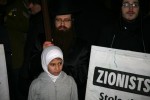 |
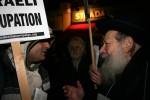 |
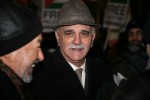 |
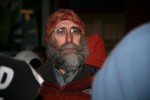 |
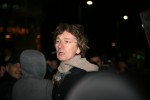 |
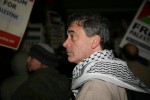 |
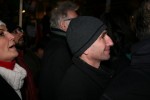 |
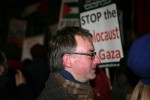 |
